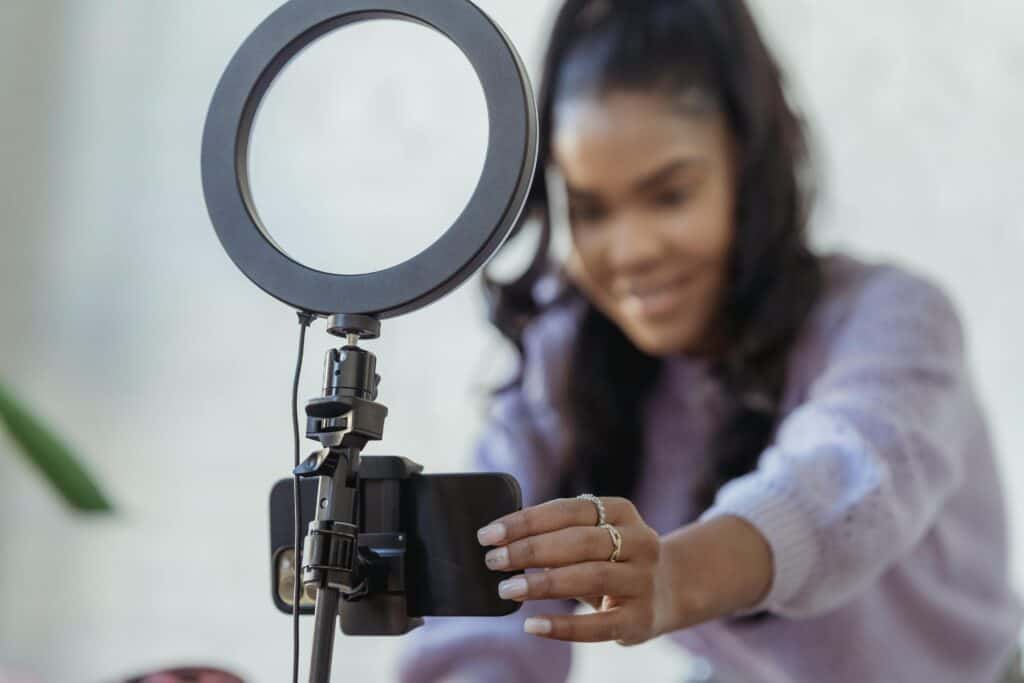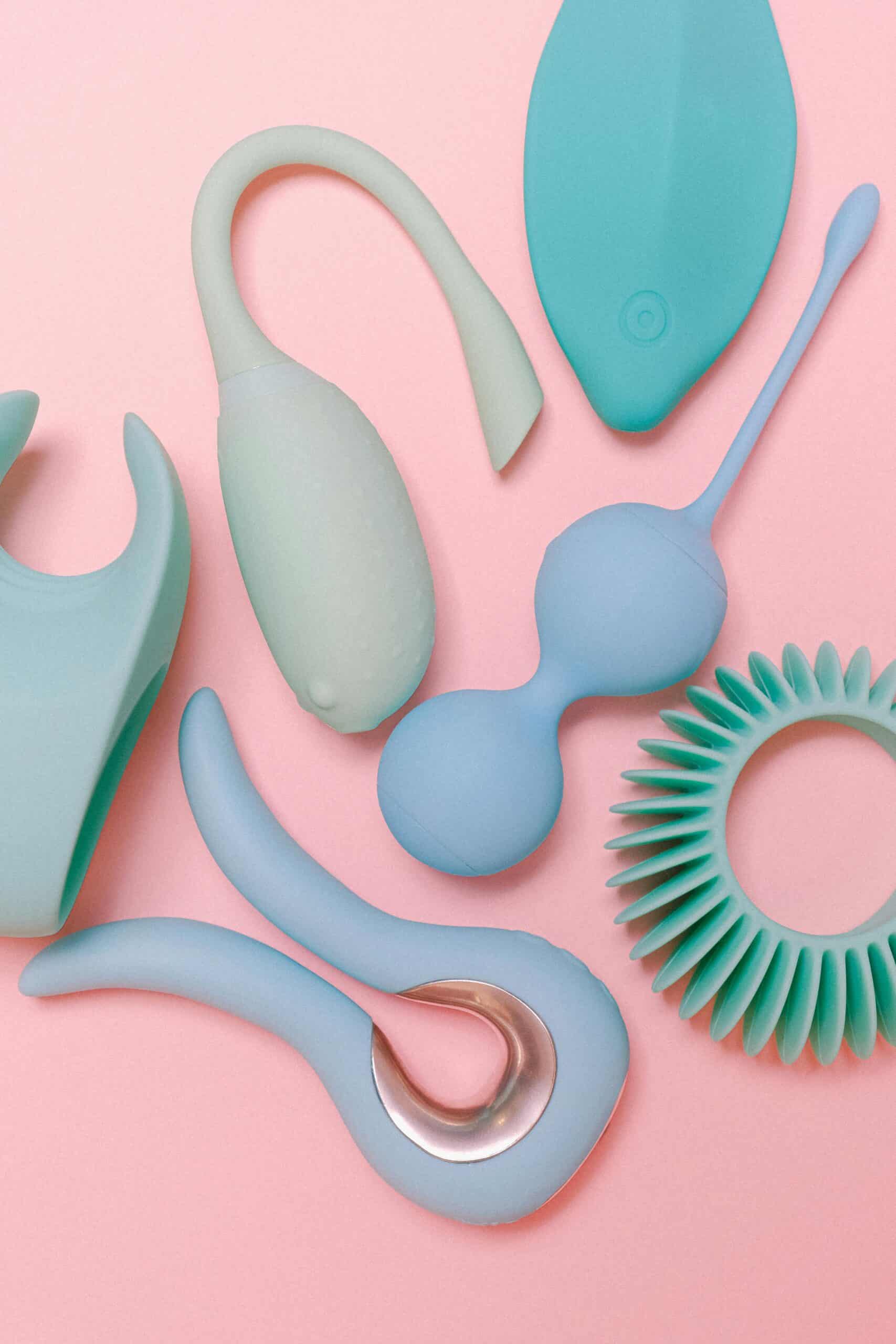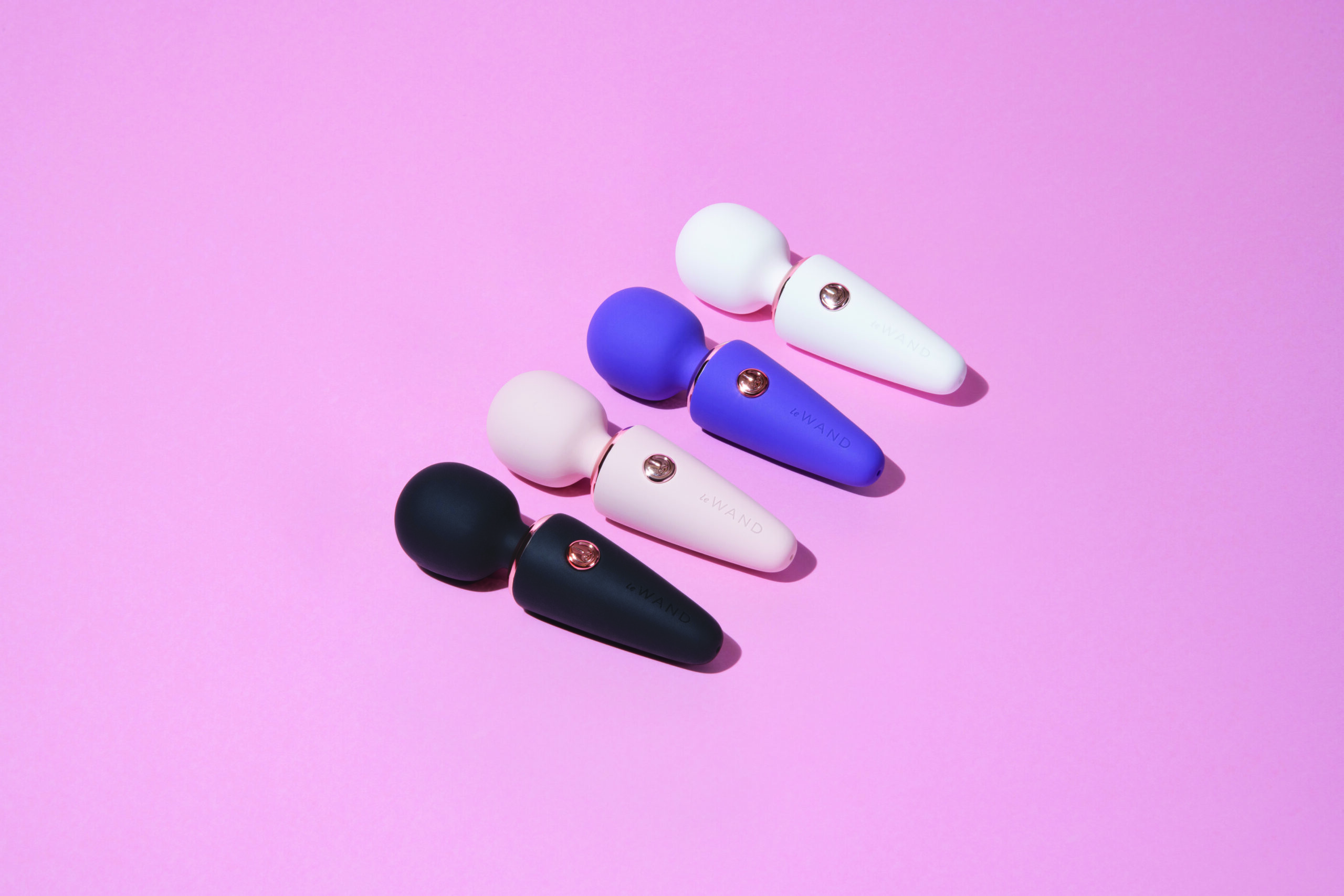Censorship on social media platforms has been an ongoing obstacle for sex educators and sexual wellness creators who want to get their message out there, and the new YouTube updates that have been rolled out might help them get over that hurdle. In the midst of unjust Meta restrictions and shadowbanning, YouTube has remained a somewhat mainstream platform to reach audiences. While it’s not without its barriers, the censorship isn’t as restrictive as it is on Meta.
On YouTube, educators can connect with audiences across different countries and foster a community that can help normalize bringing conversations about sex and wellness into the mainstream. Recently, YouTube announced a new slate of updates, opening doors for sex educators and allowing us as a PR agency to maximize results for our clients. Here’s a breakdown of five new YouTube updates that we’re excited about, and how sex educators like our sex educator clients Ally Iseman and Annette Benedetti can use them.
1. Split testing video titles
A/B testing has always been a proven way to replace guesswork with data-driven decisions, and now YouTube is making it easier than ever with this new feature, which lets creators test up to three title variations and see which one will resonate best with their audience. These YouTube updates are a big step forward for educators who deal with algorithmic bias and may face suppression if they use certain words that trigger the system. This testing method allows educators to refine their approach while experimenting with what works best, ultimately landing on the clearest, best optimized title to ensure visibility with the audiences that they’re targeting.
2. Better brainstorming with the Inspiration Tab
New YouTube updates include the Inspiration Tab, which uses AI to recommend thumbnails, content direction, and format based on what their existing audience is engaging with. This offers a creative leg up for educators in the way that SEO search results shed light on what people are curious about, allowing them to address topics that their fans want to know about. For topics that face misinformation, such as sexual dysfunction and pleasure during menopause, a topic often covered by educator Karen Bigman, this feature allows a direct pipeline to credible, stigma-free information that an audience is actively seeking.
3. Ask Studio for Audience Insights
The Ask Studio feature, which acts as an analytics assistant for creators, can be a crucial tool that offers insight into why a past video may have performed well (or not so well). Ask Studio sums up trending topics from the comments section, providing accurate insight into what an audience is craving next. For sex educators who also host podcasts, such as Annette’s “Talk Sex With Annette” podcast, this kind of feedback offers an additional avenue of support, allowing creators the ability to repurpose that genuine audience into future podcast discussions across different platforms like Spotify.
4. Collaborations and co-streaming
The power of social media collaboration is at the heart of the close-knit community that is the sexual wellness industry, which is why we’re so thrilled about this feature, which is one of the most impressive new YouTube updates. YouTube’s new collaboration feature allows creators to share a single video across multiple channels and guarantees that each creator will still get credit for watch time and views. This allows multiple educators or brand owners to co-host panels and discussions while benefiting from cross-promotion on each other’s platforms and the resulting exposure to new audiences.
The Co-streaming for livestreams feature takes this to the next level. With this feature, sex educators can explore joint live broadcasts across multiple channels, hosting live roundtables, podcast tapings, and Q&As that the audience can engage with. This content can further be repurposed down the line using YouTube’s auto-generation tool, which creates Shorts, or short and digestible clips that can be used across various platforms. And while we love a tool that makes collaborations easier, it’s worth noting that human PR and communications support is vital to secure the right partnerships as well as connect with journalists and media outlets.
5. Live Practice Mode
For some creators who are hesitant about going live or just feel comfortable with an extra run-through to ensure that no unexpected errors or unpleasant surprises pop up, one of the new YouTube updates is Practice Mode which acts as a rehearsal space. This new YouTube feature simulates an audience for a realistic experience; using AI, it generates “fake” comments that could potentially be posted, letting you plan for what would otherwise be an on-the-fly response. This feature makes live streaming more accessible for creators who are worried about getting trolled, being wrongfully flagged, or just want to refine their delivery before they interact with a real audience.

Could YouTube be the future of free expression for sexual wellness creators?
YouTube’s new features aren’t just about getting your metric up. They’re helping to create a new space for sex educators amidst restrictions on platforms owned by Meta. By expanding reach, supplementing strategy with data-driven ways to hack algorithm bias, and integrations like Practice Mode to help you feel prepared and protected, these new YouTube updates could take things to the next level.
At Little Leaf PR, we recognize that digital tools like AI are helpful, but not standalone techniques. By pairing the new YouTube updates with our team’s unique skillset, we can ensure creators get the credibility, media exposure, and brand collaborations they deserve.





